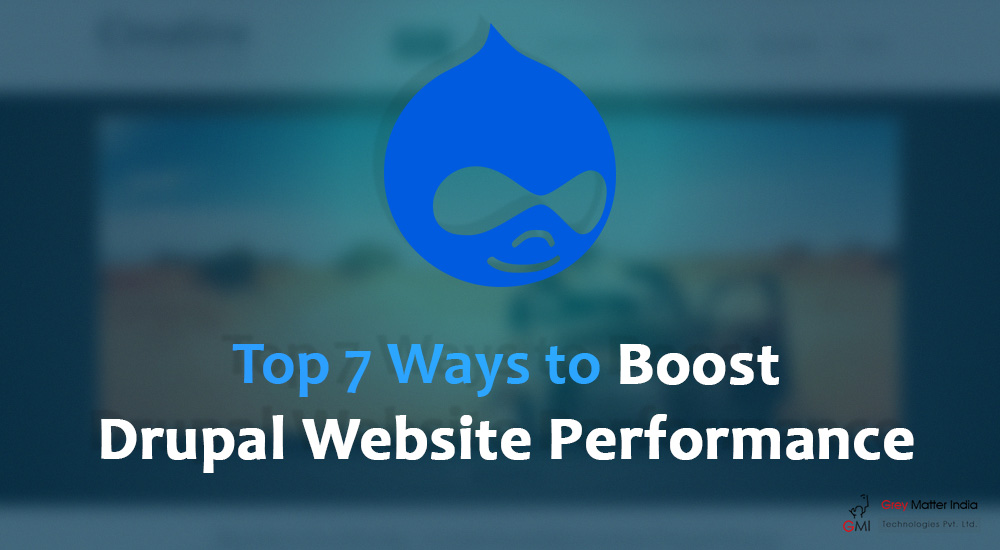Drupal is a scalable web content management system (CMS) for creating digital experiences. The out-of-box tool can be customized to serve the customers’ CMS need. The platform enable digital innovation integration to deliver personalized experience.
According to W3Techs, “Drupal currently holds a 5% market share, standing as the third most popular CMS, with only Joomla and WordPress ahead of it.”
Despite WordPress is so popular, but Drupal is preferred over it due to the enterprise level security it offers, scale to thousands of pages and provide countless design possibilities. This made frontrunners such as Amherst College, The Economist, Digett and Exam in erto incorporate Drupal while engineering the web application.
Alongside all positive factors, Drupal is low at website performance. This is something about which everyone take care of because it directly impacts traffic volume, conversion ratio, revenue, and SEO rankings.
To let the disruptive technology not make any disruption in business, 7 ways are outlined to fix all the issues that’s affecting Drupal website performance.
1) Turn on caching
Default caching saves a lot of time and regenerate the pages at faster rate. Many times, developers forget to enable core page and view caching that affects the website performance.Through setting page, the caching can be activated to cache the pages user has viewed. Also, by enabling CSS and JS aggregation CSS and JavaScript files gets compressed, thus reducing the number of HTTP requests.
2) Turn pages into HTML files
By convertingDrupal pages into HTML files and then storing in cache folder, no PHP or MySQL processing is required as server directly fetch the cached file from disk when user visit the page.It brings a great difference in page loading speed.
3) Deliver 404 errors at pace
When the website has broken paths or images, the site will take longer time to load. In such attempts, Drupal website returns a 404 page error after a few seconds delay, if the page will not load. To not make this happen and load the error page faster, it’s good to implement Fast 404 module that deliver the error message swiftly.
4) Disable core bad module
There are many modules like- statistics module, PHP filter and update manger that erects security, performance and speed roadblocks. Though helpful, but every module is creating some sort of problem, which should not be there. Instead of deleting the modules, it’s better to disable them being core modules.
5) Minimize the modules count
The number of modules are installed thinking that it will help in some of the functionality, but it increases the page execution time. So, it’s good to create custom modules having the functionality that you require. Limit the number of modules by uninstalling them, but don’t forget to disable them as they will remain enable in the database no matter if they are removed from the file.
6) Put the restraints over cron run
Without making any settings on the sever, cron runs automatically after every three hours when a user hit the page. It means, once user hit the page, then the cron will run again after three hours thereby making the page loading slower. The only solution is to disable the cron and set it on the server to run in the background.
7) Optimize images
Images with large size also influence the speed at which page load. Using image styles or image resize filters, the images can be scale down to apt size, but the data isn’t removed. Image API Optimise module alleviate the data without making any distortion in the image or affecting its quality.
The road ahead
Certainly, page load time, response time and overall speed would increase in Drupal website once all the suggestions implemented. The quick fixes are great to go with and even, businesses can observe the change in website performance using the two tools- YSlow and GTmetrix. Ensure scalable Drupal website development by noting all the points advised above and thrive your audience.




